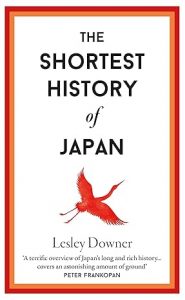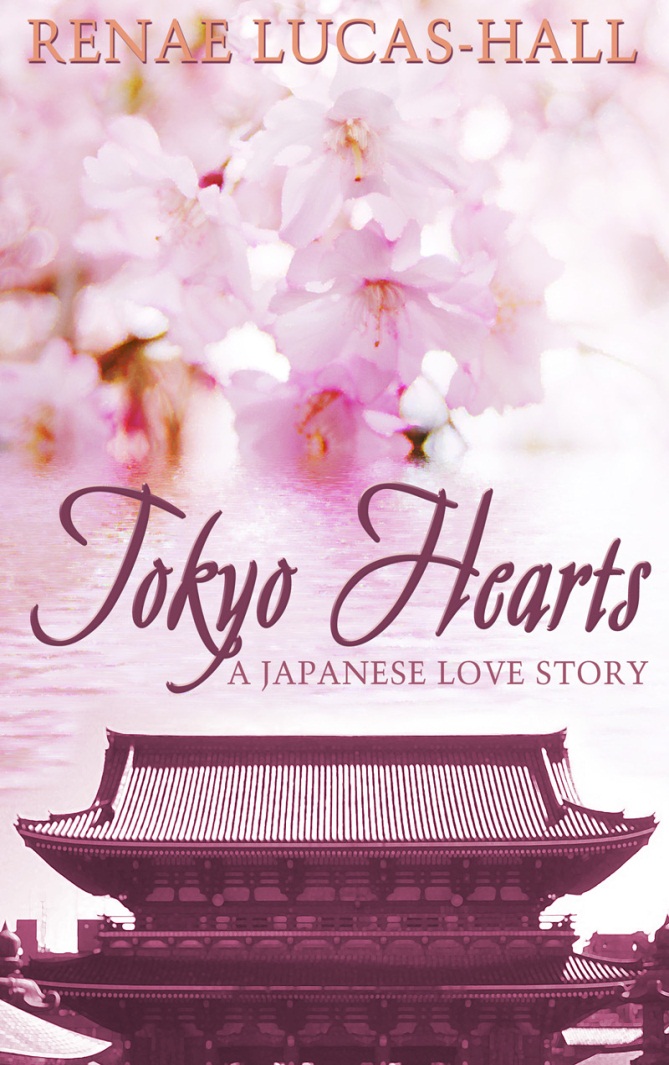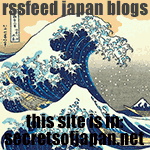Lesly Downer is an exceptional choice to author this captivating book. A true expert on Japan, she brings a wealth of experience as a historian, author, lecturer, TV presenter, and journalist. Having lived in Japan for fifteen years, she possesses an intimate understanding of the culture and history.
Downer has also written four impressive fictional novels, called The Shogun Quartet, set in nineteenth-century Japan. She has presented programs for major networks such as NHK and the BBC. Her other non-fiction works further showcase her extensive knowledge and passion for the Land of the Rising Sun, including Madam Sadayakko: The Geisha Who Seduced the West. Now residing in London with her husband, Arthur I. Miller, Downer continues to immerse herself in the rich tapestry of Japanese culture through her writing.
The Shortest History of Japan unfolds chronologically, starting with the Jōmon period (14,500 – 100 BCE) and extending to the current Reiwa period (2019 – present).
Let’s look at some of the highlights from this book. The introduction opens with the words, “The Story of Japan begins with a dance.” From here, Downer narrates the tale, which happened before time began, of the deities Izanagi and Izanami, sent by their father to descend from heaven on a rainbow bridge. Izanagi dipped his spear into the primordial mass and created the islands of Japan. From this, an abundance of gods emerged, including the Sun Goddess, Amaterasu. After being insulted by her brother, the Storm God, Amaterasu hid in a cave until the Goddess of Merriment danced outside. This coaxed her back into the light, saving the world. This summary fails to compare to Downer’s eloquent and enthusiastic storytelling and her descriptions of the various facts and fables.
Downer does an excellent job explaining how Japan’s geography has impacted the country’s history. The surrounding sea has provided a natural barrier against invasions, enabling periods of isolation. In response to natural disasters like earthquakes and tsunamis, the Japanese have developed rituals and festivals to seek divine protection, fostering a deep awareness of life’s transient nature.
Japan is frequently characterized as a homogeneous society; however, Downer notes on pages 14 and 15 that a lot of Koreans fleeing warfare migrated to Japan around 400 BCE due to its favorable climate for rice cultivation. They introduced essential agricultural tools such as shovels, hoes, and plows, marking the arrival of the Iron Age in Japan.
This talented wordsmith explains that Buddhism made its way to Japan via the Silk Roads from India through China and Korea. On page 32, she describes how travellers converged in Nara, Japan’s first true city; inspiring the creation of magnificent temples and statues dedicated to the new faith. During this vibrant period, Emperor Tenmu summoned Hieda no Are, a 28-year-old shrine maiden, to compile Japan’s mythology and history into the Kojiki (Record of Ancient Matters). This era also saw the creation of the Man’yōshū (Collection of Ten Thousand Leaves). An anthology that beautifully captures themes of nature, love, and human experience. Readers will be keen to explore Japan’s ancient sites like the Tōdai-ji Daibutsuden (Great Buddha Hall) in Nara after reading these pages.
This book offers a comprehensive exploration of Japanese society, culture, politics, and religion. On pages 40 and 41, you can discover the significance of onsen hot springs and traditional Japanese houses’ unique materials and architecture. Pages 84 and 85 delve into Zen gardens, illustrating how they embody the essence of nature. Additionally, the tea ceremony is beautifully discussed on page 96, highlighting its cultural importance.
This marvellous book takes us from the Kamakura and Muromachi periods to the Edo period (1603–1868), when peasants were restricted to eating lesser grains like barley and millet. The author tells us how Edo became Japan’s military, administrative, and cultural center under Tokugawa Ieyasu, marking a golden age for merchants. The era also saw the rise of kabuki theatre, a vibrant contrast to the restrained Noh, and the flourishing of poet Matsuo Bashō.
This fascinating writer depicts the Heian period as a time when women, “cocooned against misfortune,” mastered the arts of fashion, poetry, and beauty, with their long hair sweeping the ground. One will appreciate reading about Murasaki Shikibu, a novelist, poet, and lady-in-waiting at the Imperial Court who crafted the timeless work, The Tale of Genji, which would forever shape Japanese culture (p. 45).
Downer captures with skill the moment Commodore Matthew Perry arrived in Tokyo Bay in 1853, demanding access to ports for American whalers, and how it caused turmoil in Edo. Japan’s leaders sought reforms, but the samurai resisted. Western trade opened by 1858 sparking Japonisme and influencing Art Nouveau. Emperor Mutsuhito, just 16, embraced Western customs, setting new cultural standards after Edo became Tokyo in 1868.
The author provides a wonderful description of the Taishō period (1912 – 1926) which was known as “the age of speed, sport, and sex” (p. 172). Downer explains in detail how railways and bridges were built in the Roaring Twenties and how buses, cars, and trams were imported from America. She says the department store Mitsukoshi was built as the retail arm of the vast Mitsui empire (p. 177). Moga (modern girls) cut their hair short and wore flapper skirts, a far cry from the traditional kimono.
However, the 1923 Great Kanto Earthquake devastated Tokyo, killing over 130,000 people and leaving survivors struggling for food amid the ruins.
Downer says when Hirohito ascended the chrysanthemum throne, novelists such as Natsume Sōseki and Tanizaki Jun’ichirō were trying to make sense of the world through their writing (p. 181).
Some readers will remember the latter half of the Showa period (1926–1989) and enjoy reading Downer’s account of this era with fondness and a sense of natsukashii (nostalgia). She explains with eloquence how this was a time when Japan rose from post-war devastation to economic prosperity. Japan surrendered following the atomic bombings of Hiroshima and Nagasaki and General Douglas MacArthur preserved the emperor’s role as a symbol of national unity. She explains how Japan was thriving again by 1955, with citizens eager to acquire the “three treasures” — a TV, washing machine, and refrigerator. The 1964 Tokyo Olympics marked the country’s recovery, and by the 1980s, Japan was seen as an economic powerhouse, with Tokyo becoming one of the world’s most glamorous cities.
Downer’s tone turns somber again when discussing the Heisei era, a time of economic decline and dark events. One example is the 1995 Aum Shinrikyo subway attack, which claimed 12 lives and injured thousands. She says the writer Murakami Haruki believed it was a “manifestation of existential crisis; people had lost their core values and beliefs and been left lacking direction, meaning or purpose.” (p. 213). Prime Minister Koizumi Junichirō, who rose to power in the 2000s, embodied a new, more relaxed leadership style, befriending U.S. President George W. Bush.
The earthquake and tsunami on the 11th of March, 2011 in Fukushima was horrific. The mammoth hydrogen explosion that tore through reactor number one at the nuclear power plant has had serious repercussions. These events are described with deep compassion on pages 216 to 218.
At the beginning of the Reiwa period, Downer notes that Emperor Naruhito at 59 embodied the modern Japanese man — fluent in English, Oxford-educated, and part of a well-publicized love story rather than an arranged marriage.
In the closing chapter, Downer highlights the growing global interest in Japan’s history, including the Jōmon period and its pottery, valued for its rope designs. It’s wonderful to think that these objects made so long ago are appreciated in the present. She says the Japanese and Chinese were boiling and storing food in these pots a millennia before others. The Jōmon people, around 11,000 BCE, thrived after glaciers melted, enjoying an abundant seafood supply and a vibrant artistic culture.
In the final pages, this gifted writer emphasizes Japan’s strides in robotics for the care of the elderly while acknowledging persistent domestic challenges, including the discrimination faced by the Ainu people and the unresolved issues surrounding Korean comfort women. Despite these difficulties and the looming threat of climate change, Japan remains culturally rich and one of the world’s safest nations, with its emperors embodying a tradition of scholarship in areas such as marine biology, ichthyology, and the history of transportation on the Thames.
In The Shortest History of Japan, Downer masterfully weaves together Japan’s absorbing cultural heritage, complex history, and resilient spirit, offering a concise yet profound portrait of a nation shaped by both triumph and adversity. If you enjoyed this review and its highlights, you’ll love the full experience of the book.
The Shortest History of Japan by Lesley Downer is published by Old Street Publishing (2024) ISBN-13: 978-1913083632. It’s available in all good bookshops and Amazon UK: Hardcover: £9.99. eBook: £5.99












